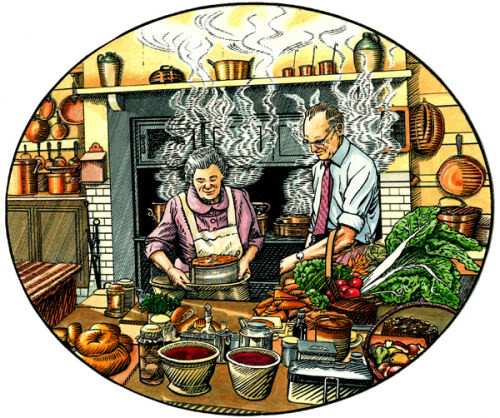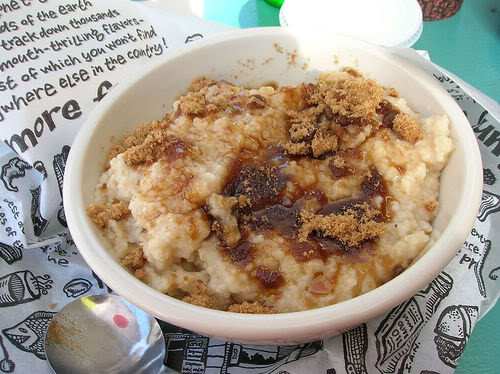“At 8:30 the Morlaisses had supper. The menu was always the same: soup. Soup is easy to digest, it makes you grow, and it guarantees a good night’s sleep — that is, if it is salt- and pepper-free, of course.” ~ Secret Letters from 0 to 10 by Susie Morgenstern


photo of Susie by styeb.
Well, I never thought this would happen in a million years.
I just read a story where I was actually glad when the main character stopped eating soup every night!
Just one of the many things that amazed me about Secret Letters from 0 to 10 by Susie Morgenstern (Putnam, 1998). Where have I been? Why hadn’t I ever encountered this multiple award winning gem before, or read anything else by Ms. Morgenstern? I loved loved this book — it totally satisfied my cravings for a deliciously engrossing, moving, masterfully crafted middle grade novel with a French twist.
And I owe it all to amazing author Anne Mazer, who answered my call for books set in France. So large is my love for this book, that it’s going to be really hard not using exclamation marks !!! after every sentence in this post!!
Breathe. Focus. Relax.
Secret Letters was originally written in French and translated by Gill Rosner. Seems both Susie (originally from New Jersey) and Gill live in Nice, France (my French Riviera envy is off the scale), and the book has won sixteen international awards including Le Prix Totem (French equivalent of the Newbery). Ooh-la-la!
Ten-year-old Ernest Morlaisse lives a very unadventurous, isolated life with his 80-year-old grandmother, Precious, who is a prisoner of the past. They rarely speak to each other as they follow their regimented, solitary routines each day. There are no friends, no TV or telephone, and for Ernest, no going out anywhere except for school. All this abruptly changes when Victoria de Montardent, a new girl in class, bulldozes her way into Ernest’s deprived existence.











